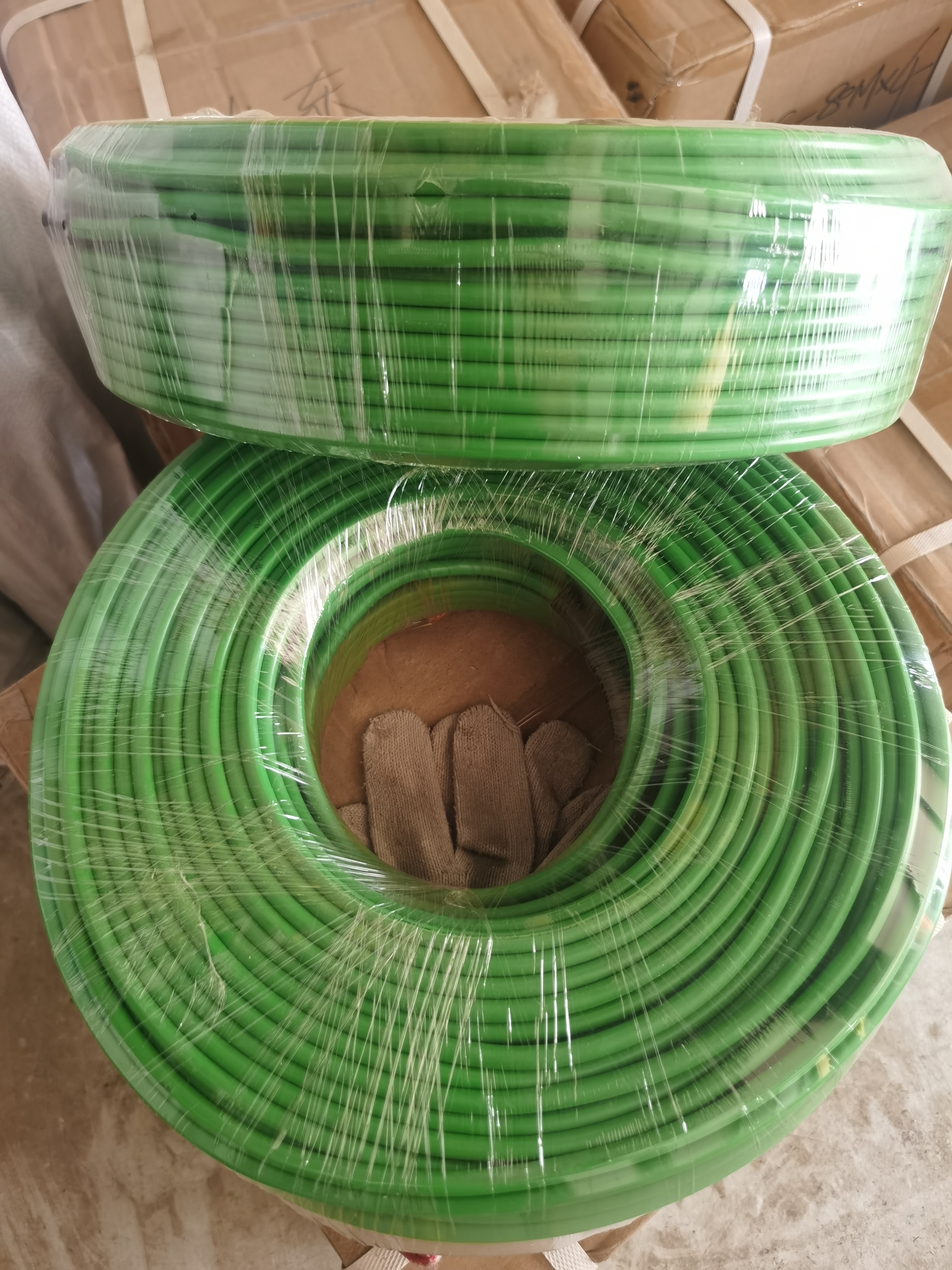
In northern environments, where the climate can be harsh and vary significantly throughout the year, selecting the appropriate materials for a sweat room in an outdoor facility presents several unique challenges and considerations.
One of the primary concerns is the wide range of temperatures. In winter, extremely low temperatures can put stress on the materials. For example, if the sweat room is not properly insulated, the cold can seep in, making it difficult to maintain the desired warm and humid environment inside. Materials used for the walls, ceiling, and floor need to have good thermal insulation properties to prevent heat loss. This might involve choosing materials like thick insulated panels or specialized thermal insulation materials that can withstand the cold and keep the interior of the sweat room cozy. On the other hand, during summer, while the overall temperature may not be as extreme as in some southern regions, there can still be significant heat, and the materials should also be able to handle some degree of heat transfer to avoid overheating the sweat room interior to an uncomfortable level.
Moisture is a crucial factor to consider. In a sweat room, high humidity levels are expected due to the nature of its use. In a northern environment, the combination of cold outside air and the warm, humid air inside the sweat room can lead to condensation on the surfaces. This can cause problems such as mold growth if the materials are not moisture-resistant. Materials for the walls and ceiling should be able to withstand this moisture and not deteriorate over time. For instance, using waterproof and mold-resistant panels or tiles can help prevent such issues. Additionally, proper ventilation systems need to be incorporated to manage the moisture levels and reduce the risk of condensation. This includes choosing vents and ductwork materials that are also suitable for the northern climate and can function effectively in both cold and relatively milder temperatures.
Since the sweat room is part of an outdoor facility in a northern environment, it is exposed to various weather conditions. Snow, ice, wind, and rain can all take a toll on the structure and materials. The exterior of the sweat room needs to be constructed with materials that are durable and can withstand these elements. For example, the roofing material should be strong enough to bear the weight of snow and not be easily damaged by wind. Siding materials should be resistant to moisture penetration and able to handle the freeze-thaw cycles that are common in northern regions. Windows and doors also need to be of high quality and well-sealed to prevent drafts and water leakage. Moreover, the materials should be able to maintain their integrity and appearance over time, as frequent replacement due to weather damage can be costly and inconvenient.
Considering the unique conditions in the north, the maintenance requirements of the sweat room materials are an important aspect. Materials that are easy to clean and maintain are preferred as the harsh environment may cause dirt, debris, and even ice and snow buildup. For example, flooring materials that are non-slip and can be easily swept and mopped are beneficial. Regular inspections and maintenance of the materials, such as checking for cracks, leaks, or signs of wear and tear, are essential to ensure the longevity of the sweat room. Additionally, choosing materials that have a longer lifespan can reduce the need for frequent replacements and save on costs in the long run. This may involve investing in higher-quality materials initially, but it can pay off in terms of durability and reduced maintenance efforts over time.

